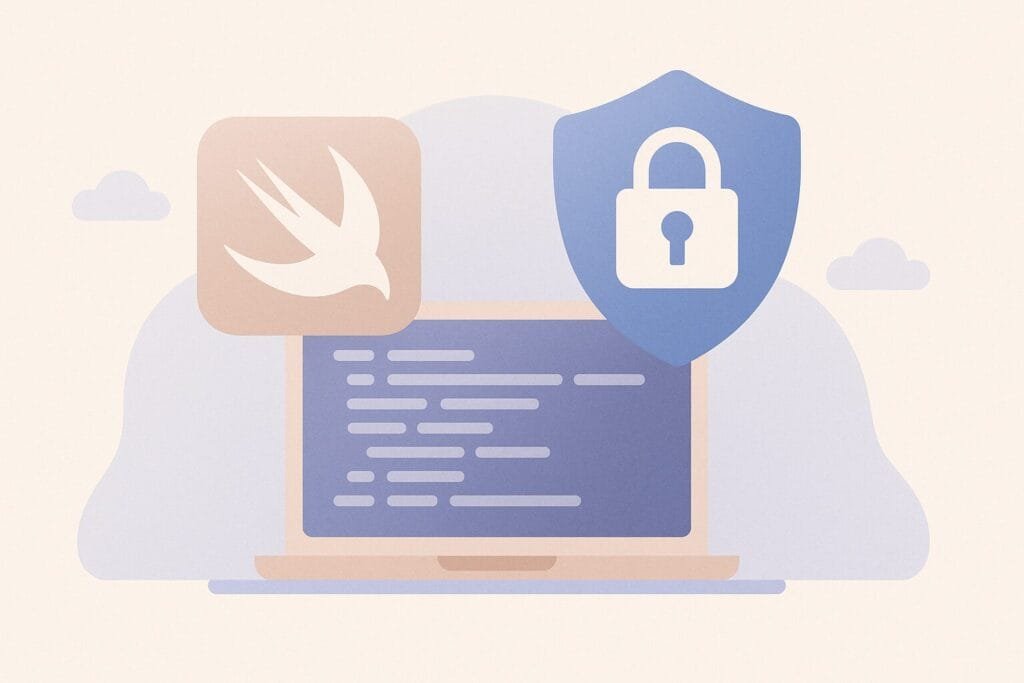In today’s rapidly evolving digital landscape, securing your Swift code is more important than ever. Whether you’re building a small iOS application or a large-scale enterprise solution, applying secure coding practices in Swift ensures your app is robust, reliable, and resistant to cyber threats.
Why Secure Coding Matters in Swift
Swift, being Apple’s powerful and intuitive programming language for iOS, macOS, watchOS, and tvOS, is designed with safety in mind. However, developers still face various risks such as data leakage, injection attacks, or improper cryptographic usage if secure coding practices are not followed. Leveraging Swift’s safety features, along with secure coding principles, helps to prevent vulnerabilities early in the development cycle.

1. Avoid Force Unwrapping (!)
Using ! to force unwrap optionals can lead to unexpected crashes and potential exposure of internal data. Always use safe unwrapping methods like if let, guard let, or optional chaining.
// Bad
let username = userInputTextField.text!
// Good
if let username = userInputTextField.text {
print("Username: \(username)")
}
2. Use guard for Early Exit
The guard statement not only improves readability but also helps in handling unexpected values early. This reduces logic errors and potential exploitation points.
func process(user: User?) {
guard let user = user else {
print("Invalid user.")
return
}
// Safe to use `user`
}
3. Sanitize All Input
Always validate and sanitize input from users or third-party sources. Never trust external data directly. For instance, when dealing with URLs or user-generated filenames, always perform checks to prevent injection or manipulation.
4. Use Apple’s Keychain for Sensitive Data
Instead of storing tokens or credentials in UserDefaults, use the iOS Keychain which provides encrypted storage backed by hardware security.
// Avoid this
UserDefaults.standard.set("secret_token", forKey: "apiToken")
// Prefer using Keychain (using helper library like KeychainAccess)
import KeychainAccess
let keychain = Keychain(service: "com.myapp.service")
keychain["apiToken"] = "secret_token"
5. Apply HTTPS for Networking
Ensure all HTTP connections use HTTPS, and validate server certificates. Also, consider using App Transport Security (ATS) which enforces secure connections.
6. Minimize Code Exposure with Access Control
Use appropriate access modifiers (private, fileprivate, internal, public, open) to reduce the attack surface and encapsulate implementation details.
| Modifier | Scope |
|---|---|
private | Accessible only within the enclosing scope |
fileprivate | Accessible within the current file |
internal | Accessible within the module (default in Swift) |
public | Accessible from other modules |
open | Same as public, but allows overriding and subclassing |
7. Update Dependencies Regularly
Use Swift Package Manager or CocoaPods responsibly and always keep dependencies up to date. Vulnerabilities in third-party libraries are a common attack vector. Use tools like OWASP Dependency-Check for auditing dependencies.
8. Use Code Signing and Enable App Transport Security
Always code sign your apps properly to ensure authenticity, and enable ATS to restrict unencrypted communication.
Secure coding in Swift not only protects user data but also strengthens the trustworthiness and credibility of your app. By integrating these best practices into your development workflow, you minimize vulnerabilities and ensure a high standard of code quality.

